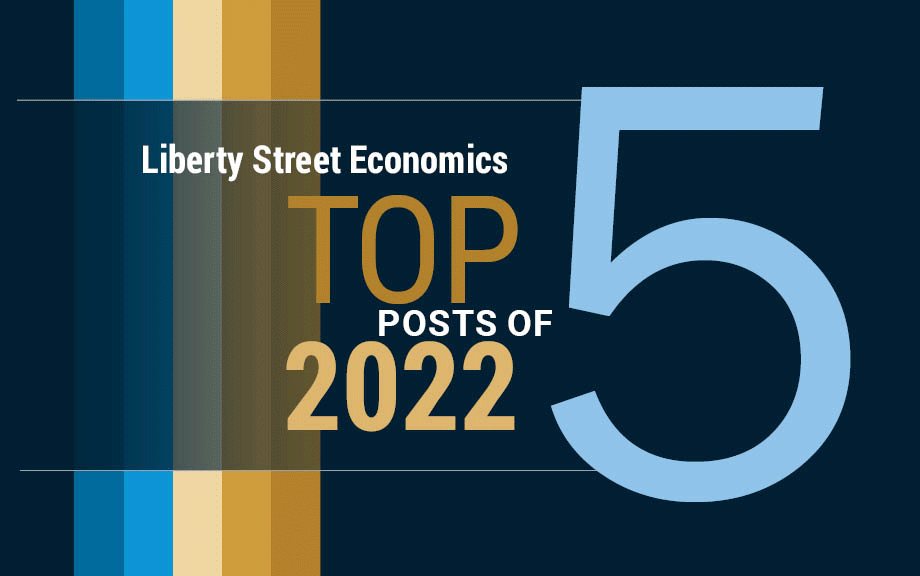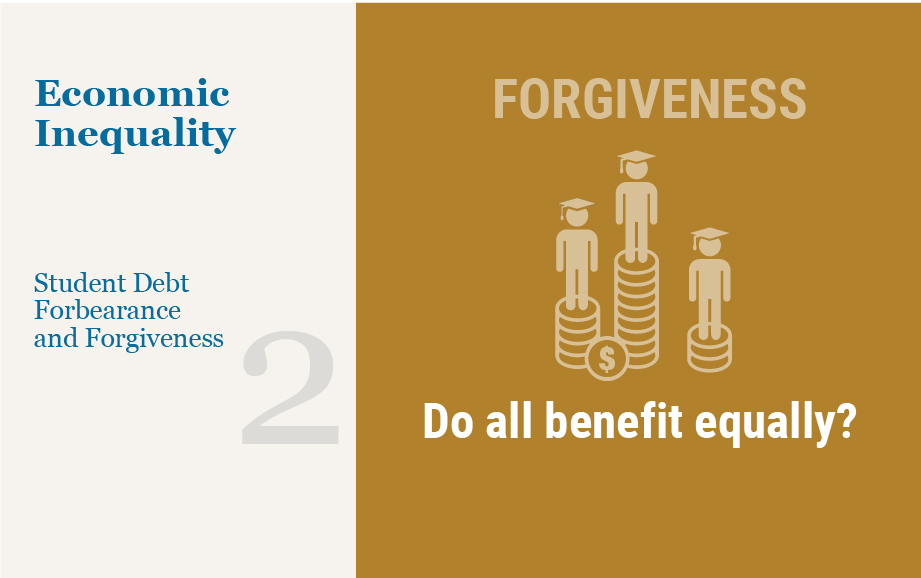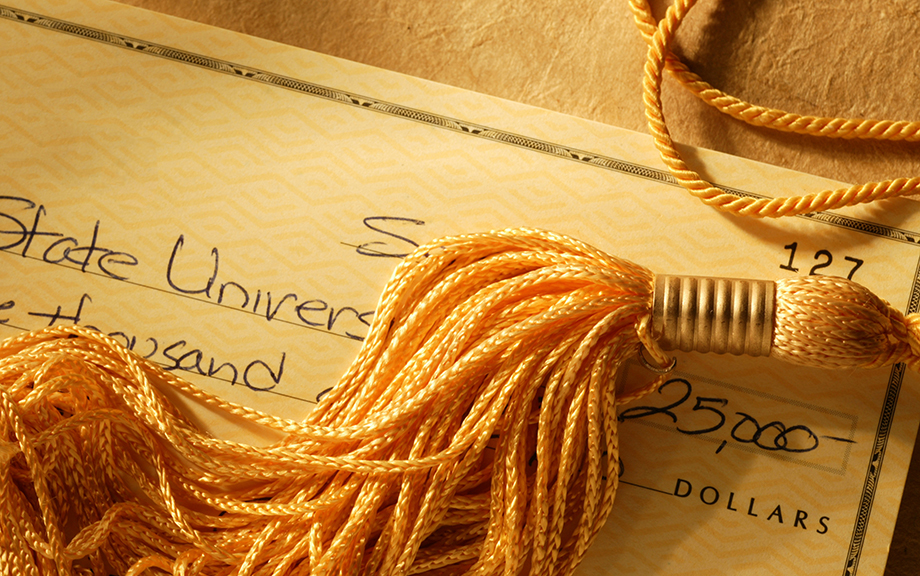Supply Chains, Student Debt, and Stablecoins—The Top 5 Liberty Street Economics Posts of 2022

“Kitchen table” issues were on the minds of our readers in 2022, though what was labeled as such was perhaps a bit broader than in the past. Supply chains—now firmly placed on the radar of Main Street—were the subject of the year’s top post by number of page views and accounted for three of the top five (we’ll consider them as one for this roundup). Student debt forgiveness and inflation were also in the news, drawing readers to our preview of various possibilities for the (subsequently announced) federal student loan forgiveness program and a quarterly update of a New York Fed economic forecast model. Posts on more technical topics were popular as well, including an update on the Federal Reserve’s balance sheet “runoff” and a discussion of stablecoins. Underscoring their broad appeal, the year’s top two posts rank among the top five in the history of Liberty Street, which dates back to 2011. Read on to see which posts resonated most with readers.
Revisiting Federal Student Loan Forgiveness: An Update Based on the White House Plan

On August 24, 2022, the White House released a plan to cancel federal student loans for most borrowers. In April, we wrote about the costs and who most benefits from a few hypothetical loan forgiveness proposals using our Consumer Credit Panel, based on Equifax credit report data. In this post, we update our framework to consider the White House plan now that parameters are known, with estimates for the total amount of forgiven loans and the distribution of who holds federal student loans before and after the proposed debt jubilee.
Who Are the Federal Student Loan Borrowers and Who Benefits from Forgiveness?

The pandemic forbearance for federal student loans was recently extended for a sixth time—marking a historic thirty-month pause on federal student loan payments. The first post in this series uses survey data to help us understand which borrowers are likely to struggle when the pandemic forbearance ends. The results from this survey and the experience of some federal borrowers who did not receive forbearance during the pandemic suggest that delinquencies could surpass pre-pandemic levels after forbearance ends. These concerns have revived debates over the possibility of blanket forgiveness of federal student loans. Calls for student loan forgiveness entered the mainstream during the 2020 election with most proposals centering around blanket federal student loan forgiveness (typically $10,000 or $50,000) or loan forgiveness with certain income limits for eligibility. Several studies (examples here, here, and here) have attempted to quantify the costs and distribution of benefits of some of these policies. However, each of these studies either relies on data that do not fully capture the population that owes student loan debt or does not separate student loans owned by the federal government from those owned by commercial banks and are thus not eligible for forgiveness with most proposals. In this post, we use representative data from anonymized credit reports that allows us to identify federal loans, calculate the total cost of these proposals, explore important heterogeneity in who owes federal student loans, and examine who would likely benefit from federal student loan forgiveness.
Student Loan Repayment during the Pandemic Forbearance

The onset of the COVID-19 pandemic brought substantial financial uncertainty for many Americans. In response, executive and legislative actions in March and April 2020 provided unprecedented debt relief by temporarily lowering interest rates on Direct federal student loans to 0 percent and automatically placing these loans into administrative forbearance. As a result, nearly 37 million borrowers have not been required to make payments on their student loans since March 2020, resulting in an estimated $195 billion worth of waived payments through April 2022. However, 10 million borrowers with private loans or Family Federal Education Loan (FFEL) loans owned by commercial banks were not granted the same relief and continued to make payments during the pandemic. Data show that Direct federal borrowers slowed their paydown, with very few making voluntary payments on their loans. FFEL borrowers, who were not covered by the automatic forbearance, struggled with their debt payments during this time. The difficulties faced by these borrowers in managing their student loans and other debts suggest that Direct borrowers will face rising delinquencies once forbearance ends and payments resume.










 RSS Feed
RSS Feed Follow Liberty Street Economics
Follow Liberty Street Economics